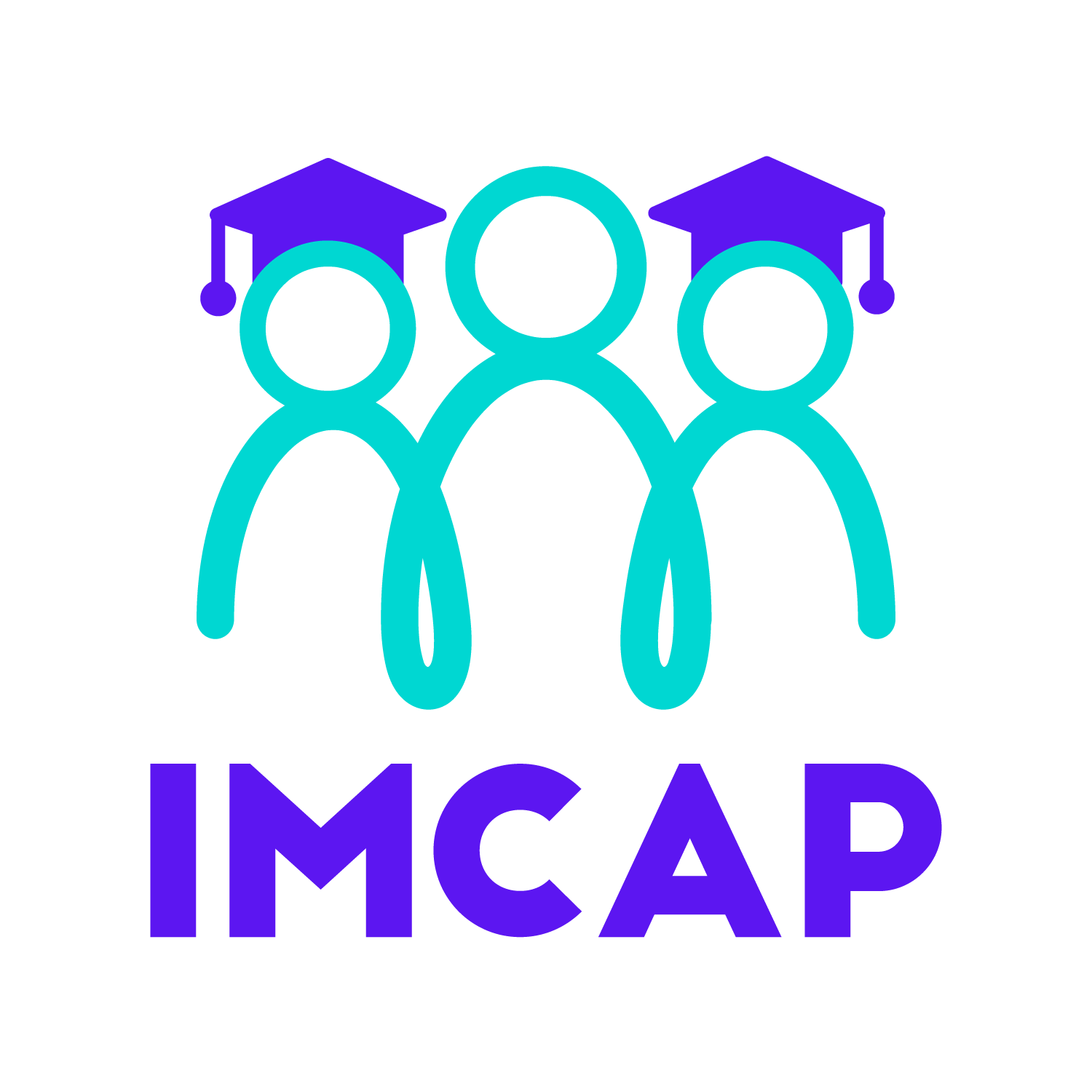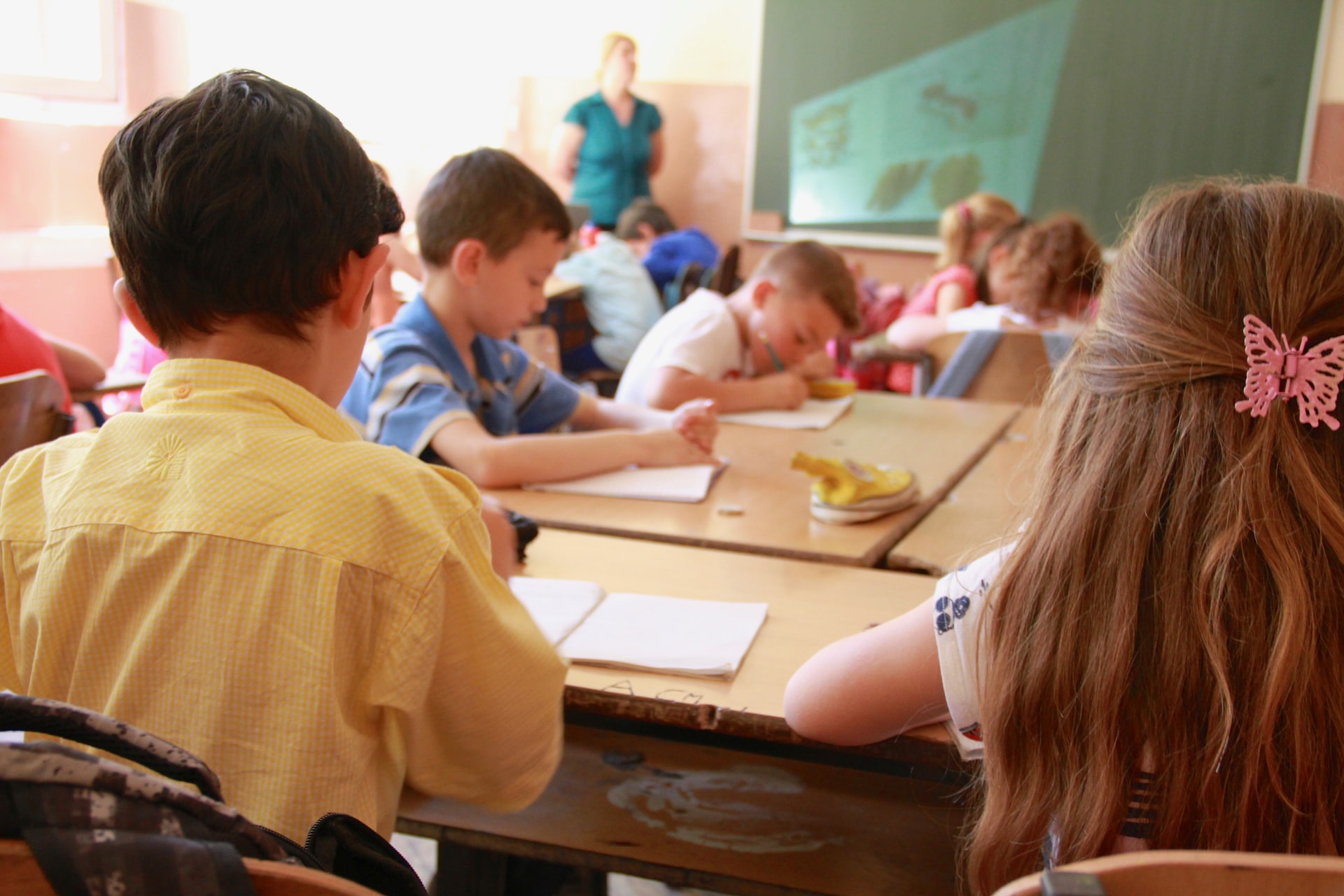As many are aware, migration has become one of the main challenges of the 21st century. As people move in search of something better, they face a number of economic, political, cultural, and educational drawbacks. Unfortunately, there are many obstacles keeping migrants from getting adequate education, such as a lack knowledge of the host country’s language, differences in the education system, and many additional institutional barriers. As a part of the IMCAP project, involving the United Kingdom, Slovakia, Cyprus, and Spain, we have created two handbooks to help alleviate the issues migrant children and their families face when entering a new school system. The first booklet is a Capacity Building Handbook for Teachers and the second is a Cultural Handbook for Migrant Parents. The aim in creating these materials is to attempt to bridge the gap between migrant and non-migrant children’s academic achievement by tackling the problem from the angle of both the school and the family.
To create the Cultural Handbook, we have looked into multiple studies to find best practices that could support migrant families in overcoming these issues. There are various initiatives already being tested by British schools, ranging from the role of a “language ambassador” helping to translate and interpret documents for struggling students, to providing toolkits and handbooks on how to include migrant parents in their children’s education. For these suggestions to work, though, appropriate funding from the school and education authorities is required, along with the willingness of teachers and parents to participate in these activities.
To help a growing number of migrant families in the UK integrate better, many social organizations are offering various services which aim to connect the community with migrant families. We have looked into some of the initiatives such as ‘Talk Talk’ by the Scottish Refugee Council and The Bell Foundation charity which have both come up with different solutions on how to retain language easily on daily bases and engage migrant parents in helping their children to integrate.
In addition to those, Slovakian projects such as the KapaCity Project and ESFEM’s CREdu Projects are just some of the examples of supportive actions carried out by the government or NGOs on the integration of foreigners. While the first one focused on the integration of migrants at the local level, the second one aimed at expanding the knowledge of gender (in)equality in the environment of secondary vocational education in Slovakia.
Cyprus has shared a number of practices that have been introduced by their authorities as well, offering services such as psycho-social support for migrant students, interpreters for migrant parents and school communication, a Cyprus information guide in 7 languages, and Mi-Hub which helps vulnerable groups across the island get information or support on any matter.
Examples of some very impressive practices presented by our Spanish partners included the integration of students of Portuguese descent and a bilingual integration centre for students with motor disabilities. This school takes in 25 students with special educational needs, as well as pupils coming from disadvantaged neighbourhoods, aiming to cultivate coexistence values amongst students and improve teaching and learning processes.
The other part of our research focused on narrowing the gap in academic performance between migrant and native students, looking at the perspective of what school teachers can implement in their classrooms to support these students. One study showed that even 51 % of first-generation immigrant students failed to reach a basic level of proficiency in reading, mathematics, and science. Others, however, suggest that going above the certain threshold in mixing migrant students with native ones could result in lower test scores, and even bullying of the native children. Taking this into consideration, the IMCAP partners have made a summary of national best practices that could be implemented by teachers working in multicultural classrooms in our Capacity Building Booklet for Teachers.
Some of the practices we found to already be helping migrant families accommodate include ‘parent ambassadors’ with the role of bridging the gap between schools and migrant families, as well as schools providing informative material and welcome packs in languages spoken by newcomers. To discover some more that are currently being employed in the UK, three Stakeholder Engagement Meetings have been conducted with teachers from three different schools in the south of England. There are seven best practice findings in our booklet that have been compiled as a result of these meetings and the previously mentioned research. What all of them have in common is the focus on making migrant students feel safe and comfortable, educating others of different cultural backgrounds, and promoting diversity amongst culturally different students.
In sum, the partners’ desk and field research has cumulated into a robust collection of best practices that teachers, schools, and parents can do to support migrant student’s academic performance. Both booklets can be found on our website, www.imcap-erasmus.site.

